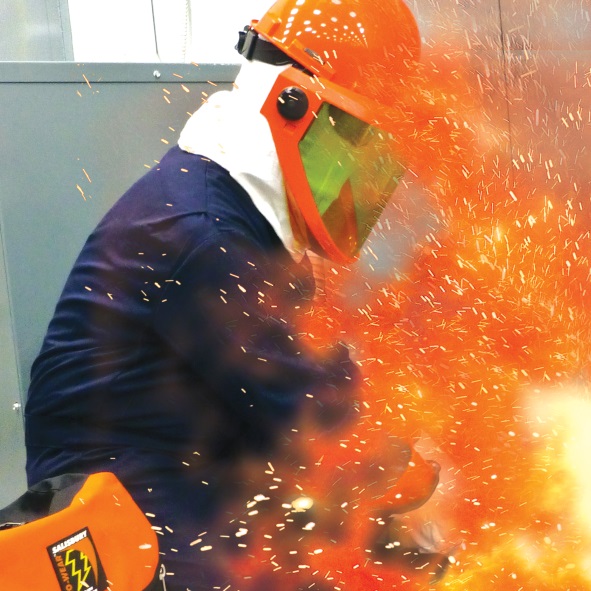What do you need to know when hiring an electrician?
Are you looking for an electrician to do work on your home or business? How do you choose one? There are many people who claim to have the skill of an electrician, so it may be hard to determine which one you should go with. What should you look for when hiring an electrician?
1.) Make sure your electrician is licensed.
In order for an electrician to be qualified in their trade, he or she needs a valid state license along with proof of insurance. You want someone who is insured in case of any incidents. When they come to give you an estimate, you can ask to see a copy of their documents in order to help ensure that the work will be done by a professional with accurate knowledge. This helps reinforce your confidence that the electrician will do the job in compliance with correct safety standards.
2.) Written Estimates.
Make sure you have details on exactly what services the electrician is providing. Find out what needs to be done and why. It will help you be completely prepared for how long you can expect the job to take and the exact cost that you can anticipate spending.
3.) Check out their references and reviews.
You can learn a lot about a company or electrician from reviews of people who have had work done by them. Do you know anyone who had the electrician do similar work for them? Ask around. People are normally very forth coming with whether or not they were happy with a service done. If you can’t find anyone who had work done by them, there’s always the internet. Read reviews online and see what the majority of their customers say.
4.) Do they have proper permits?
For most larger jobs, permits are required before performing the work. In most cases a building inspector needs to approve any electrical work that is done. Make sure you confirm that your electrician are getting proper permits for the work to be done.
5.) Area of expertise.
There are many specialty areas in the electrical field. For example, some deal more directly with fixing heavy industrial machines where as others work with smaller control wires for alarm systems and internet access installation. They may have similar training but they are experts in different areas of the field. You want to make sure that you are choosing an electrician that specializes in the work that you need done.
By taking these precautions, you can get a skilled electrician who will do the work safely, cost efficiently and correctly.








 and Voila’! Let there be light! 🙂
and Voila’! Let there be light! 🙂














